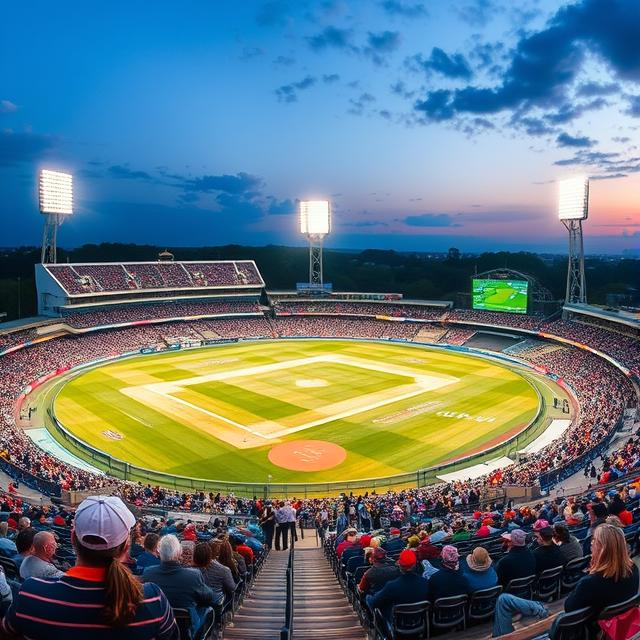Unveiling the World of Pakistani Talk Shows: A Deep Dive into Entertainment and Discourse

Unveiling the World of Pakistani Talk Shows: A Deep Dive into Entertainment and Discourse
Pakistan’s talk shows aren’t just a form of entertainment; they’re a fascinating window into the nation’s vibrant cultural landscape, social dynamics, and political climate. From fiery debates to heartfelt confessions, these programs offer a unique perspective on Pakistani society and the issues that resonate with its people. Dive in and explore the diverse world of Pakistani talk shows.
Beyond the Buzz: A Look Beneath the Surface
More than just entertainment, Pakistani talk shows often delve into complex social and political issues. They serve as a platform for discussions surrounding everything from cultural norms and family values to political controversies and economic concerns. These shows often feature diverse panelists, representing a range of perspectives, which can be both engaging and insightful. This often sparks engaging and thought-provoking discussions.
A Tapestry of Voices: Finding Representation in Pakistani Talk Shows
Some Pakistani talk shows boast impressive panel line-ups featuring prominent personalities, both established and emerging. From renowned journalists and academics to celebrities and influencers, these shows create a dynamic conversation space that is both entertaining and informative.
However, the representation of women and minorities often varies significantly. The diversity of voices, experiences, and perspectives on display sometimes highlights broader issues about representation within the media and entertainment industries. This has prompted some criticism regarding inclusivity and the portrayal of different groups within Pakistani society.
The Role of Talk Shows in Shaping Public Opinion
Pakistani talk shows frequently play a pivotal role in shaping public discourse and opinion, influencing attitudes and perspectives on current issues. The dynamics of these shows can impact the way discussions around contentious topics are perceived and debated. Understanding the nuanced interplay between the talk shows and their audience is key to appreciating the full impact of these programs.
Challenges and Criticisms: Exploring the Dark Side of Pakistani Talk Shows
While Pakistani talk shows offer valuable insight into the nation’s social fabric, they are not without their challenges. Concerns about sensationalism, the potential for inflammatory language, and the undue influence of certain personalities on public opinion sometimes come to the forefront. Careful consideration of these factors is essential for a comprehensive understanding of the phenomenon. Examining the nuances of these criticisms is an important aspect of understanding Pakistani media.
More Than Just a Show: The Impact of Pakistani Talk Shows
Pakistani talk shows are a vital part of the national media landscape. They provide a unique platform for a range of voices to be heard, but they also raise important questions about representation, the influence of media, and the shaping of public opinion within Pakistani society. By understanding the context and nuances of these shows, we gain a deeper understanding of Pakistan’s dynamic social and political environment. They often spark conversations about important societal issues, creating a platform for public dialogue.
Exploring Future Trends: How Are Pakistani Talk Shows Evolving?
In recent years, there’s been an increase in the integration of digital platforms into Pakistani talk show production. This evolution reflects broader technological trends and the way audiences are consuming media. The evolution of Pakistani talk shows shows a dynamic and evolving landscape.
This exploration into the fascinating world of Pakistani talk shows provides a glimpse into a rich and complex cultural tapestry. It is essential to analyze these programs critically to understand the role they play in shaping societal perceptions and influencing public discourse.